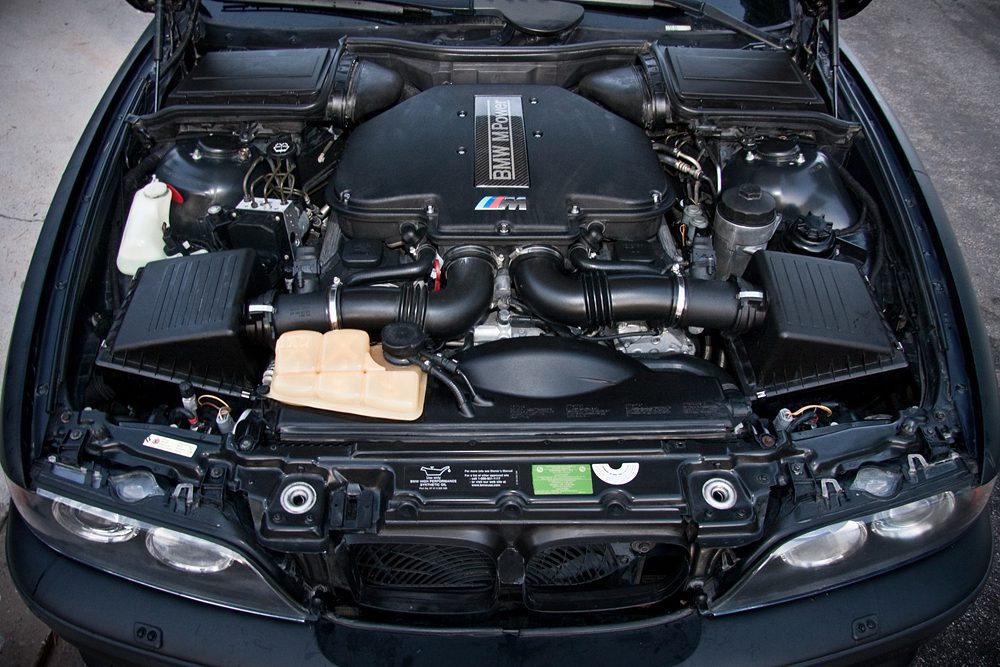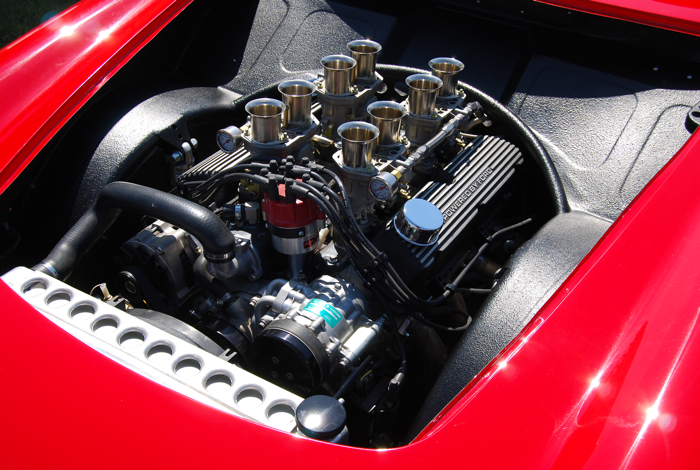Import Engines: Tips for Setup and Upkeep
Import Engines: Tips for Setup and Upkeep
Blog Article
Discovering the current Technological Innovations in Import Engines and Just How They Boost Driving Experience
In the realm of vehicle design, the landscape of import engines is undergoing a profound makeover driven by advanced technological innovations. From the development of turbocharged engines to the assimilation of crossbreed modern technology, the most recent developments are transforming the driving experience in methods previously unthinkable. As import manufacturers press the borders of efficiency and efficiency through improved fuel shot systems and advanced engine monitoring solutions, the concern arises: Just how do these improvements really influence the way we connect with our lorries when traveling?

Advancement of Turbocharged Engines
In the automotive market, the development of turbocharged engines has actually substantially changed the landscape of efficiency and efficiency. Turbocharging, when mainly seen in high-performance sporting activities vehicles, has now come to be a mainstream innovation adopted by a large range of cars, from small hatchbacks to deluxe cars. The fundamental concept behind a turbocharged engine is easy yet efficient - forcibly even more air into the combustion chamber, it allows more gas to be shed, leading to raised power output.
Among the crucial benefits of turbocharged engines is their capability to provide more power from smaller sized, a lot more fuel-efficient engines. This scaling down fad has brought about a decrease in discharges without compromising efficiency, making turbocharging an attractive option for car manufacturers aiming to fulfill stringent ecological laws. Turbocharged engines provide boosted torque at lower RPMs, giving vehicle drivers with an extra vibrant and responsive driving experience.
As modern technology remains to advancement, we can anticipate additional technologies in turbocharging, bring about even better levels of performance and performance in the automobile market.
Advancements in Gas Shot Systems
Modern gas injection systems have actually advanced to supply gas more successfully and precisely into the engine cyndrical tubes, improving overall engine efficiency and fuel effectiveness. One of the vital innovations in fuel injection systems is the shift from typical port gas shot (PFI) to even more sophisticated direct fuel shot (DFI) technology.
Furthermore, the integration of electronic control devices (ECUs) and sensing units in fuel injection systems has actually permitted for real-time changes to sustain distribution based on various factors such as engine load, temperature level, and driving conditions. In addition, advancements in fuel injector layout, materials, and spray patterns have actually contributed to cleaner burning and smoother engine operation.
Combination of Hybrid Innovation
The advancement of gas shot systems towards better performance and efficiency has established the stage for the smooth integration of crossbreed innovation into contemporary engines. Hybrid technology integrates making use of traditional interior combustion engines with electric propulsion systems, offering improved gas performance and decreased emissions. By integrating electric motors and batteries into the powertrain, crossbreed engines can supplement the inner combustion engine during acceleration or low-speed driving, consequently improving overall efficiency.

Enhanced Engine Management Systems
What are the essential advancements in engine management systems that are improving the performance and performance of contemporary engines? Engine monitoring systems have gone through significant developments to enhance engine efficiency and efficiency. One crucial technology is the combination of sophisticated sensing units that constantly keep an eye on different criteria such as engine temperature level, air-fuel ratio, and exhaust emissions. These sensors give real-time information to the engine control system (ECU), permitting exact adjustments to be made to enhance combustion procedures and fuel effectiveness.
In addition, contemporary engine management systems utilize advanced algorithms and synthetic knowledge to evaluate the information gathered by sensing units and make vibrant changes to aspects such as ignition timing, fuel shot, and turbocharger boost pressure. This degree of precision and flexibility lead to enhanced engine responsiveness, increased power output, and reduced gas consumption.
Furthermore, engine administration systems currently feature innovative diagnostic abilities that can discover and attend to concerns such as misfires, sensing unit malfunctions, and gas system irregularities in real-time, consequently improving overall engine integrity and long life. These advancements in engine monitoring systems play a crucial duty in improving the driving experience by providing optimal efficiency, gas effectiveness, and reliability.
Effect of Lightweight Materials
Integrating light-weight products in engine manufacturing has actually transformed the linked here auto sector's technique to boosting fuel effectiveness and efficiency. The usage of materials such as carbon fiber, light weight aluminum, and titanium has substantially reduced the overall weight of engines, resulting in improved power-to-weight proportions and enhanced gas economic situation. These light-weight products offer a higher strength-to-weight proportion contrasted to standard products like steel, enabling for higher toughness without endangering efficiency.
One of the key advantages of using light-weight products in engine building is the decrease of inertia, causing quicker engine action times and improved general lorry dexterity. In addition, the lighter weight adds to lower energy intake, making automobiles extra eco-friendly by lowering exhausts.
Furthermore, the execution of lightweight materials in engine parts such as pistons, linking rods, and crankshafts has enabled designers to push the borders of performance without compromising dependability (import engines). This development has led the way for extra powerful and efficient engines that supply an exceptional driving experience while fulfilling stringent emissions criteria
Conclusion
In conclusion, the most up to date technical technologies in import engines have actually dramatically enhanced the driving experience. From the evolution of turbocharged engines to developments in gas injection systems, combination of crossbreed modern technology, check out this site boosted engine management systems, and using lightweight products, these developments have collectively enhanced efficiency, fuel efficiency, and overall driving characteristics. As innovation remains to advancement, we can expect much more interesting developments in the future of import engines.
Modern fuel injection systems have progressed to supply gas extra successfully and precisely into the engine cylinders, improving total engine performance and fuel performance - import engines. By incorporating electric motors and batteries right into the powertrain, hybrid check here engines can supplement the internal combustion engine during velocity or low-speed driving, thereby improving overall efficiency
What are the vital improvements in engine administration systems that are enhancing the performance and efficiency of modern-day engines? Engine administration systems have actually gone through significant improvements to optimize engine efficiency and effectiveness. From the advancement of turbocharged engines to advancements in fuel shot systems, assimilation of hybrid innovation, enhanced engine monitoring systems, and the usage of lightweight products, these developments have actually jointly improved efficiency, gas performance, and overall driving characteristics.
Report this page